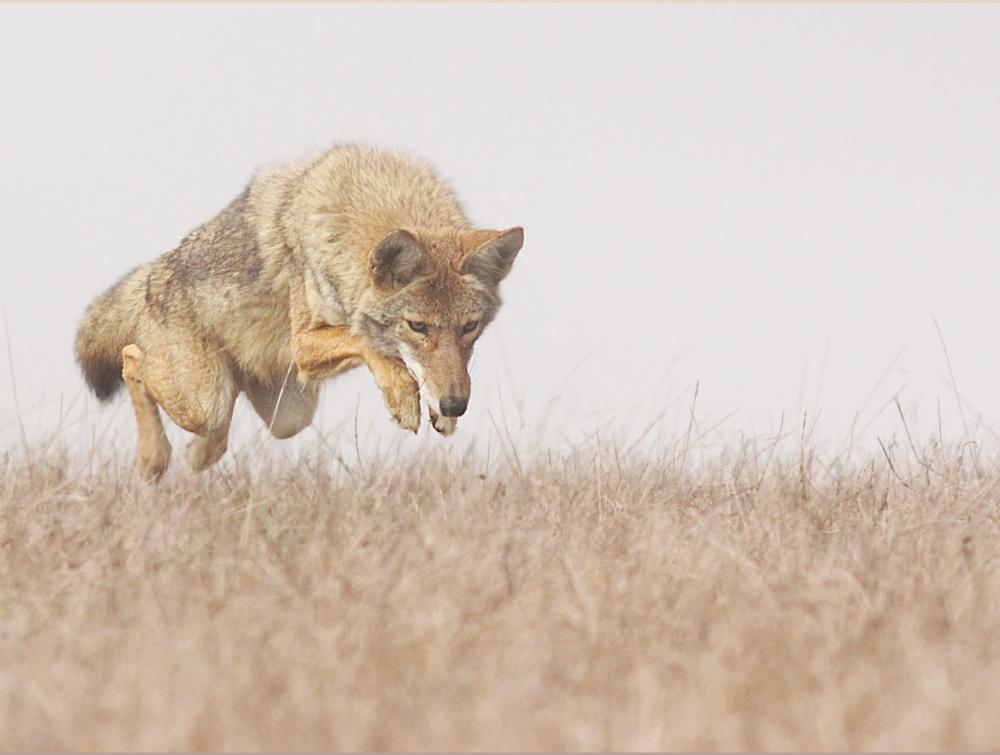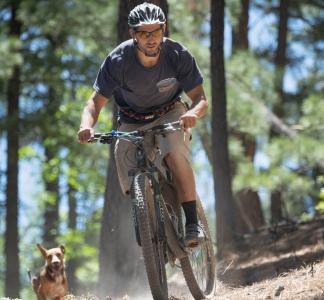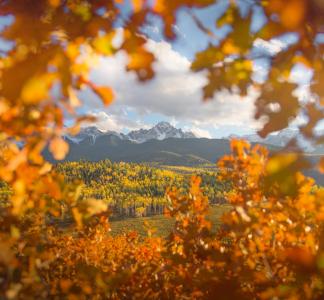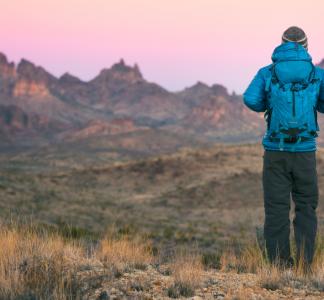Map shows the wildest land linking protected areas of the U.S.

Point Reyes National Seashore, California
Adit the Stargazer, Flickr
New research reveals key corridors that allow wildlife to move between protected areas of the U.S.--and explains why these places must be protected further.
A paper published in the journal PLOS ONE by scientists from The Wilderness Society and other organizations identified the wildest corridors between national parks and other protected lands and suggested limiting development along these crucial "wild ways."
With increasing development and ongoing climate change forcing plants and animals to shift their habitat, maintaining a connected network of these lands will be an even bigger priority, the study said.
"The wildest linkages between protected areas likely serve as our best bet for allowing all of nature's diversity to shuffle around as the climate changes,” explained Travis Belote, a research ecologist in the Northern Rockies Office of The Wilderness Society and lead author of the study. “From squirrels to wolverines to plants that depend on animals for dispersal, limiting development along the wildest linkages may give the greatest number of critters the best chance to move."
Unsurprisingly, the paper pointed out that the most valuable corridors are those that have been the least altered by human activities—and recommended that we do our best to keep them that way. The authors explained that “maintaining or enhancing the relatively high degree of naturalness and low degree of human impact along these corridors may be an important strategy to ensure that the large protected areas in the U.S. do not become isolated and are maintained in a connected network.”
Corridors keep wildlife populations stronger across generations
The value of habitat connectivity for wildlife is not a new idea. One of the most important roles of wilderness is providing swaths of land that link different populations, allowing for a more diverse mix of genetic material that prevents inbreeding. Over time, the groups of plants and animals that benefit from unfettered migration corridors will be stronger, healthier and more adaptable from generation to generation.
The paper provides a new and more targeted look at which corridors are most crucial to protecting these values. Many are concentrated in famed “wild” landscapes, such as the Great Basin and Colorado Plateau, the Southern Appalachians, western Maine, and the “Idaho High Divide” country between the Frank Church-River of No Return Wilderness and Yellowstone National Park. Others lie far away from sprawling wildlands, like the relatively natural corridor connecting Slide Mountain State Park in New York's Catskill Mountains with north-central Pennsylvania's Allegheny National Forest.
“From squirrels to wolverines ... limiting development along the wildest linkages may give the greatest number of critters the best chance to move."
As federal land agencies revise plans for managing wild landscapes and decide which areas need additional protection, the hope is that they will incorporate the latest science about which regional corridors are the most important, and ensure wildlife and plants have the space they need to adapt to a changing world.



